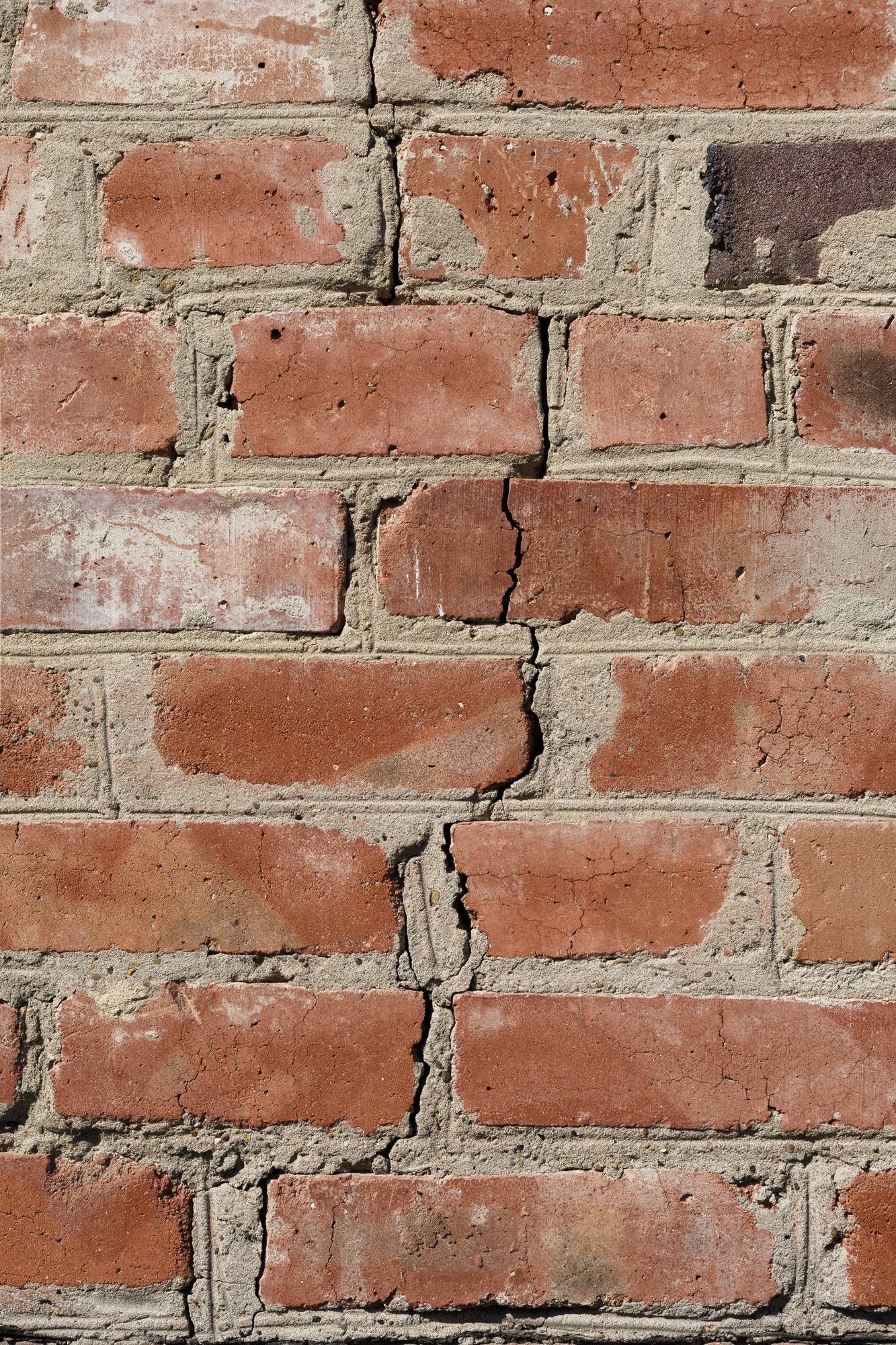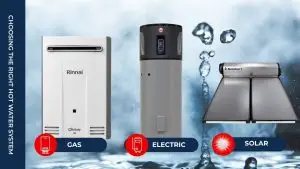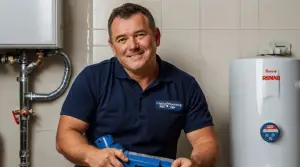If there’s one thing for sure, it’s that subsidence spells bad news for any homeowner, but what is it, and can blocked drains cause subsidence?
What Is Subsidence?
Puts simply, subsidence is when your home is sinking into the ground.
Houses that have been built on a clay foundation are far more likely to suffer from subsidence but houses built on any kind of soil can start to sink too.
Subsidence usually occurs when the ground below a property either shrinks back or swells due to local weather conditions.
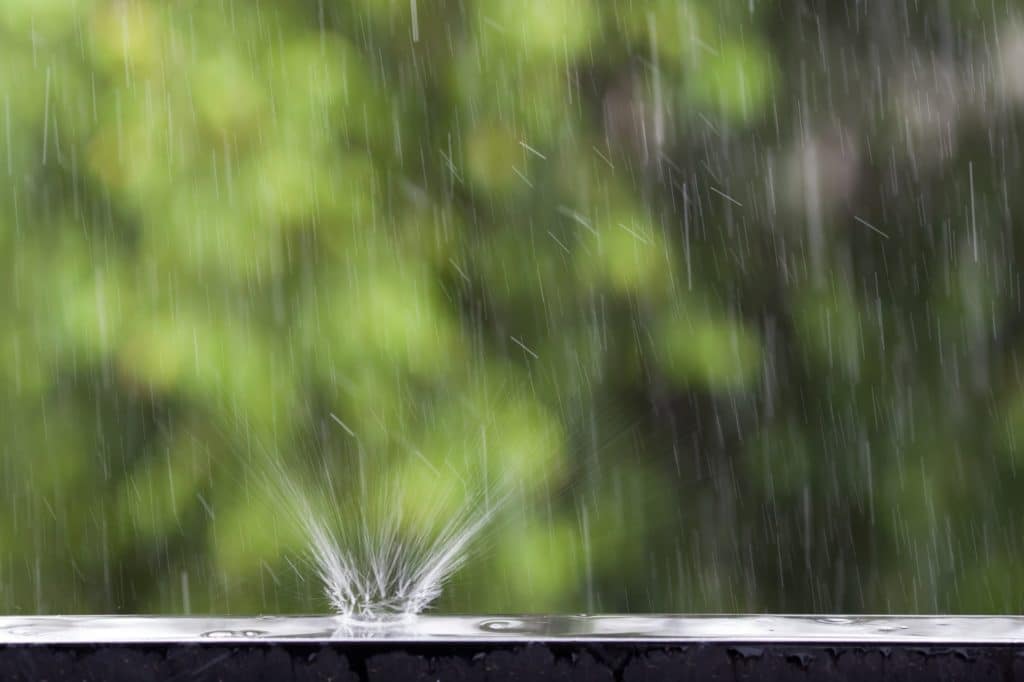
When too much soil gets into the ground under a house, it expands but when the weather warms up it contracts again and both of these things can cause major problems for homeowners.
The Causes of Subsidence
Heavy rain, especially when it is followed by a period of hot weather is a major cause of subsidence, but it is not the only one.
Tree roots can cause your home to subside because they grow out under your home as the tree gets older and bigger, and as they search for the moisture they need.
This can wreak havoc on your foundations as they cause the ground to become uneven and unstable.
A more common cause of subsidence is blocked and leaky drains.
How Blocked Drains Can Cause Subsidence
Yes, blocked drains can cause subsidence.
Drains are a vital part of any building but they can be part of the subsidence problem if there’s a blockage.
They are used to drain water and wastewater away from the property to prevent flooding and structural damage.
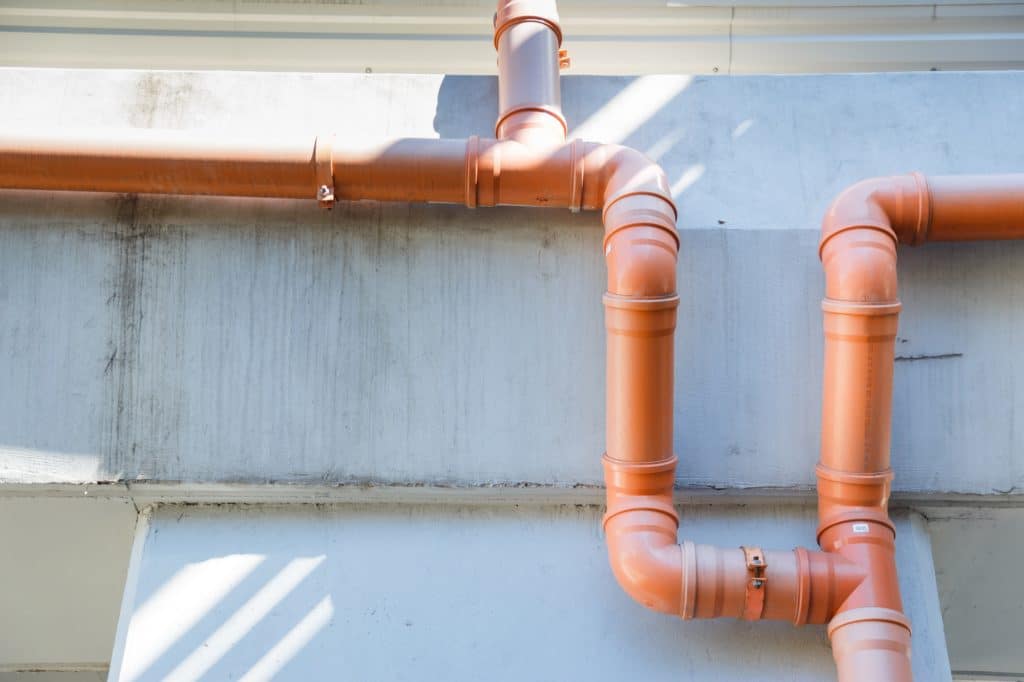
If your drain is blocked, it cannot do its job of removing water safely away from your property and into the sewers where it belongs.
When this happens, that water has to go somewhere and quite often it will form into puddles on your property or seep into the soil under your home, washing it away and making it far less stable.
In this scenario it’s only a matter of time before the signs of subsidence start to appear.
That’s why blocked drains demand your immediate attention, and why you should seek out a professional plumber as soon as you spot the signs of a blockage.
The signs of a blocked drain
There are 4 tell-tale signs of a blocked drain which include:
1. Nasty smelling drains
Blocked drains are notoriously stinky. If you notice an unpleasant odour coming up from your drains, or even your sink and tap, you might want to investigate further.
2. Sluggish drainage
If your water is draining more slowly, it could be that a blockage is causing it to filter down at a sluggish pace.
3. Higher water levels
If the water levels when you flush your toilet are higher than usual, it could indicate blocked drains.
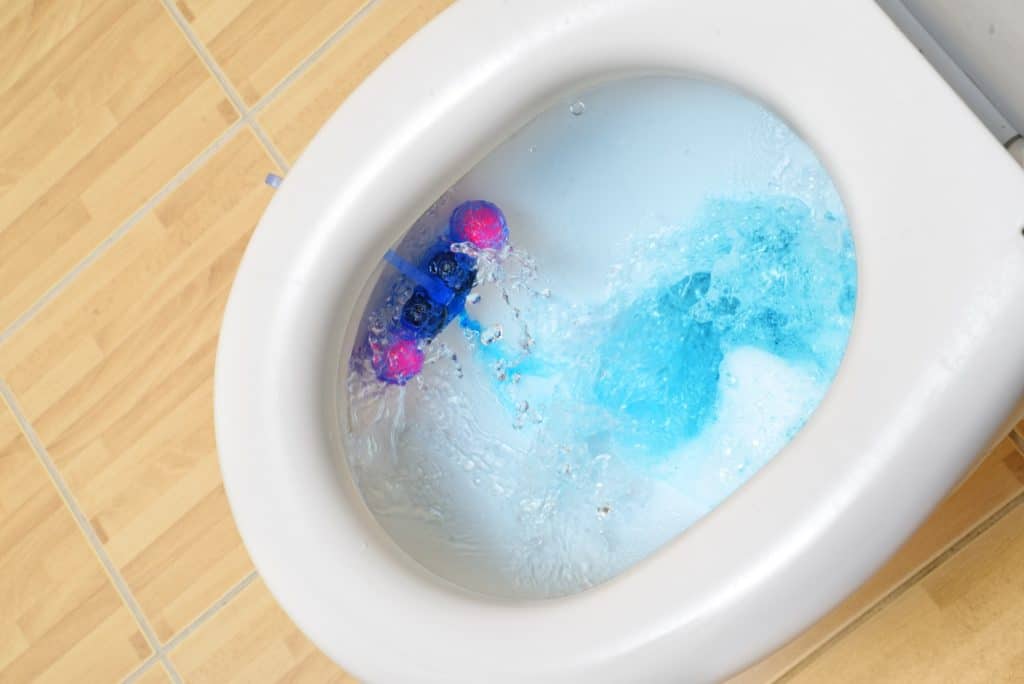
4. Gurgling sounds in the drains
Gurgling sounds coming from drains and plug holes are a key indicator that air has become trapped in the drain due to a blockage somewhere along the line.
If you notice any of these warning signs, it’s time to call in a plumber.
The sooner you do this, the simpler the fix is likely to be and the less it’s likely to cost you.
The longer you leave it, the more serious the blockage will become and the more likely it will be that subsidence will occur in your home.
Avoiding Blocked Drains
Of course, when it comes to blocked drains, prevention is better than cure. Some things you can do to avoid blockage include:
- Flushing nothing but toilet paper and your waste down the toilet.
- Using a sink strainer to catch hair and food residue.
- Not pouring oil down the sink.
- Removing debris like leaves after a storm from drains.
Signs of Subsidence
Subsidence can usually be prevented with quick action, but if you’re worried your home may already be showing the tell-tale signs, here’s what to look for:
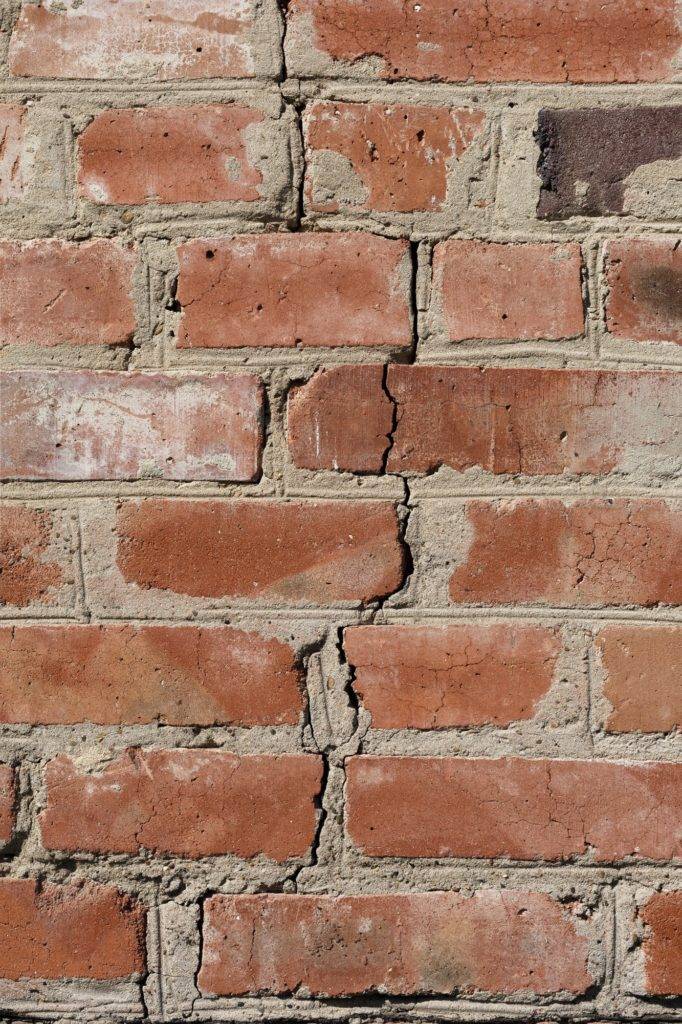
- Cracks in ceilings, walls and outdoor brickwork.
- Existing cracks spreading or getting wider.
- Cracks showing up after a long dry spell.
- Wallpaper rippling when no damp is present.
- Doors and windows that are starting to stick.
If you notice any of these subsidence warning signs, it’s important that you take immediate advice, because just like blocked drains, the sooner you get a handle on the problem, the easier, and cheaper, it will be to put it right.
Resolving a subsidence issue can take as much as a year of work and monitoring, and this is more likely to be the case if the subsidence has been left untreated for a while, which is why getting fast help from a professional really is of vital importance.
The moral of the story? Call a plumber at the first sign of blocked drains and inspect your home for the signs of subsidence regularly.

